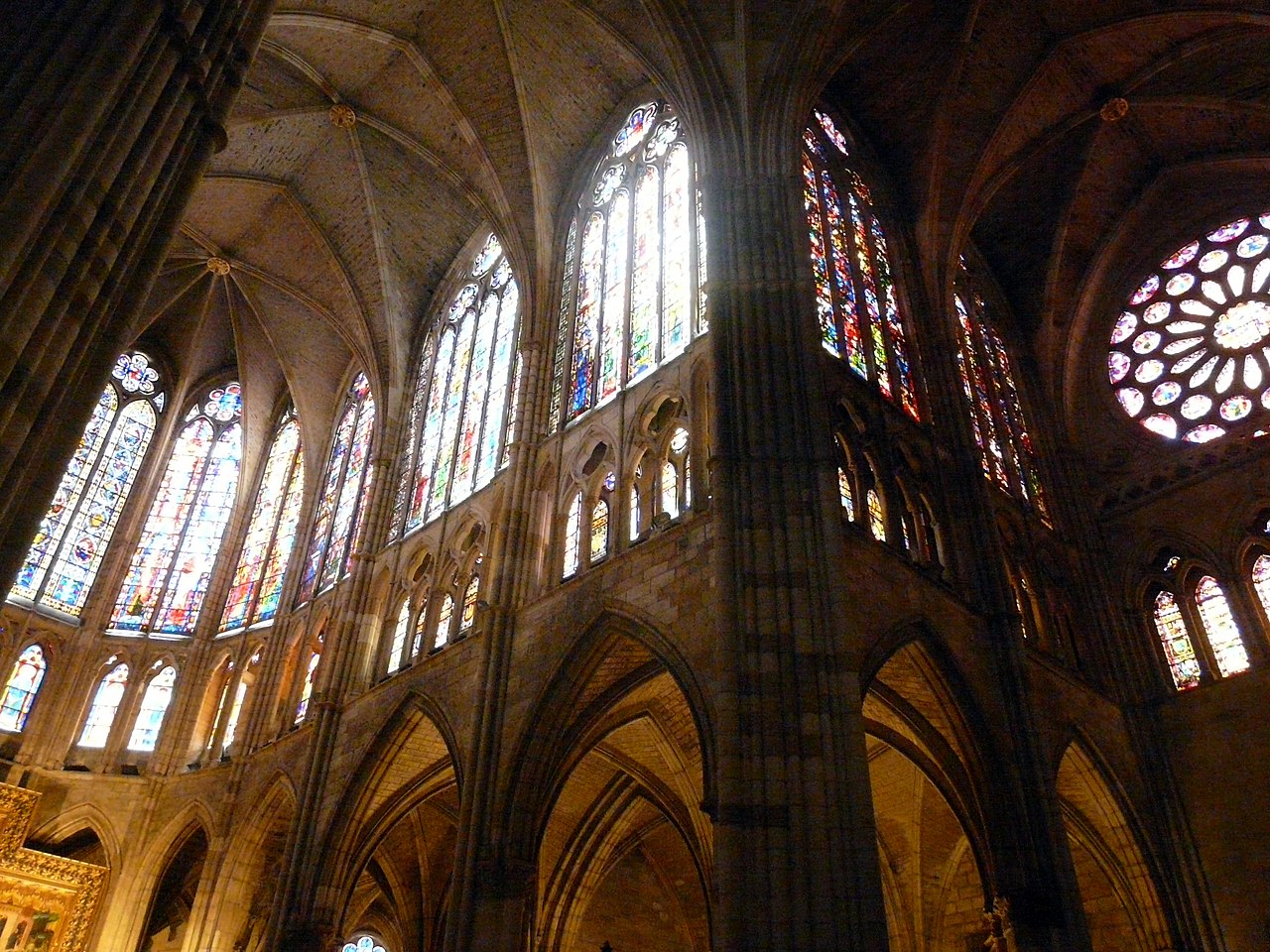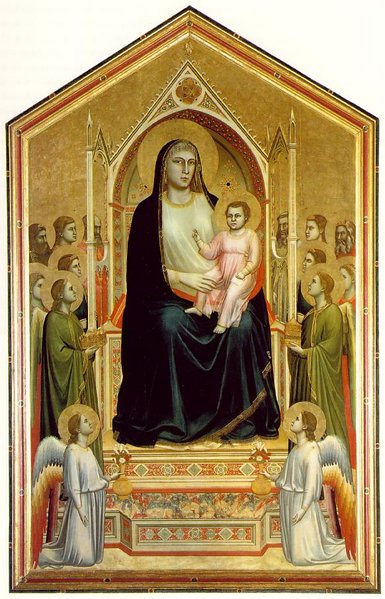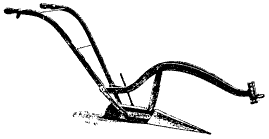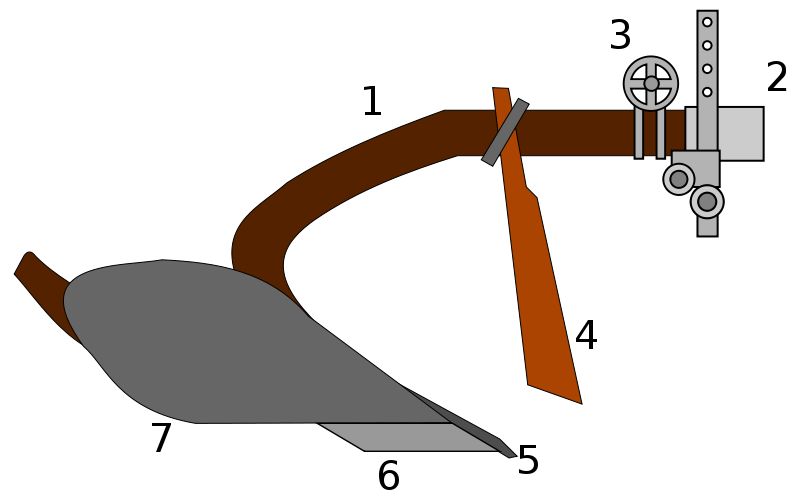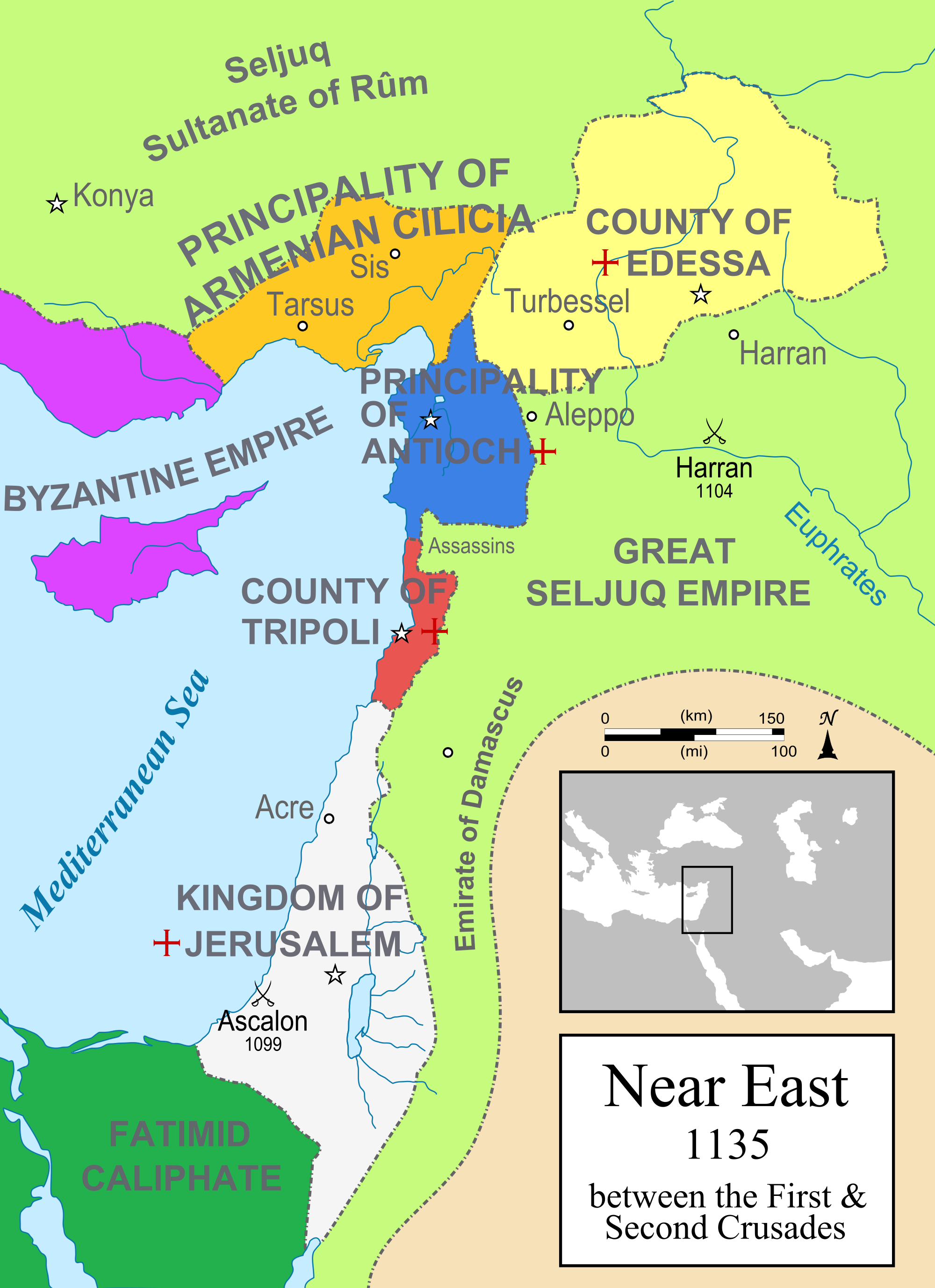1. ORIGINS OF THE GOTHIC ART.
From the 12th century to the 15th there was a cultural
revival due to:
• Economic
growth
• Development
of cities.
1. 1. Cultural revival.
The growth of cities created a cultural revival due to:
• Increase
in education. The bourgeoisie studied aritmethic, law, geography and
writing to govern the cities and conduct bussines. As a consequence more
literature, historical chronicles, philosophical works and treatises on
geometry were written.
• Development
of vernacular languages. The similarity between spoken and written language
helped the cultural revival.
1. 2. The first universities.
The desire to acquire knowledge led to the develpment of
schools. Schools were controlled by bishops or the city councils.
Universities were schools created by teachers and
students who did not want to teach and study under the control of these
authorities. Furthemore, the monarchies founded many universities to bring
prestige to their kingdoms.
Studying at university was expensive and took a long time.
1. 3. New role of the church.
The development of cities and the contrast between social
classes created new religious needs:
• New
religious orders appeared to:
- Maintain piety among the urban population (Dominicans).
- Help the urban poor and disadvantaged people in cities (Franciscans).
• The
Pope wanted to achieve supremacy over the emperor.
Because of this, the Church built enormous buildings and
beatiful works of art that reflected the Kingdom of Heaven promised to all good
Christians.
2. GOTHIC ARCHITECTURE.
Gothic architecture appeared in the 12th century.
2. 1. New types of buildings.
Economic growth in cities led to the need of new type of
buildings:
• Palaces
for nobles and merchants.
• City
halls for local governments.
• Marketplaces
for merchants.
• Cathedrals
which became the symbol of the cities.
2. 2. Architectural innovations.
Technical innovations allowed the construction of higher,
brighter and more complex building:
• Pointed
arches (arco apuntado) that were lighter.
• Ribbed
vaulting (boveda de cruceria), formed by the intesection of two pointed arches
that were supported by four columns. This make possible to replace the
walls with stained glass and rose windows.
• Buttresses
and flying buttresses (arbotante), which supported the the weight of the
buidling.
• Pinnacles
(pinaculos) on top of buttresses that gave a greater sense of height.
• Three
doors that opened into the three interior naves. Every door had a tympannun
and archivolts and was divided by a column called mullion (parteluz).
• Use
of stained glass windows (vidrieras) and rose window (rosetón) aimed to
create illuminated areas that produces an atmosphere of spirituality.
NEW TYPES OF BUILDINGS:
 |
| Castle of Gerald the Devil. Photo by Bas Bogaerts.©Stad Gent-Dienst Toerisme |
 |
| City Hall, Brussels |
 |
| Leuven City Hall (Ayuntamiento de Lovaina). |
 |
| Cloth hall (lonja de paños) of Ypres. |
 |
| Notre Dame Cathedral. File:Notre_Dame_dalla_Senna.jpg Author: https://commons.wikimedia.org/wiki/User:Zuffe License: BY-SA 3.0 |
NEW ARCHITECTONICAL ELEMENTS:
 |
| Pointed arch (arco apuntado u ojival). File:Bolton_Abbey_7.jpg Author: https://commons.wikimedia.org/wiki/User:Dbenbenn Lincese: BY-SA 3.0 |
| Ribbed vault (boveda de crucería). File:Catderal_de_Reims_-_Interior.JPG Author: Josep Renalias. License: BY-SA 3.0 |
 |
| Flying buttresses (arbotantes). |
 |
| Pinnacles (pináculos). |
 |
| Rose window, Estrasburg Cathedral. |
 |
| Reims Cathedral. |
 |
| Chartes Cathedral |
A pointed arch can support a lot more weight than a rounded arch.
3. CONSTRUCTION OF A CATHEDRAL.
A cathedral is the main church ana seat of diocese, an area
governed by a bishop.
The cathedrals became the symbols of the cities. Were built
by municipal councils and founded by the bishop, the nobles, the king and the
guilds of artisans ans merchants.
Cathedrals were built by many different kinds of woekers:
• Builders
who construct the walls and vaults.
• Carpenters
who make the roof and the doors.
• Stonemasons
who cut the block of stone into pieces. They were organised in lodges
(hermandades).
Gothic sculpture and painting was used to decorate the churches and convery religious messages, but also another subjects.
To
build
the
cathedrals
two
types
of
stone
elements
were
used:
•Ashlars (sillares)
are block of stone of different sizes for building walls, pillars,
roofs, etc.
•Voussoirs (dovelas)
pieces of stone
in arches, doors
and windows.
4. GOTHIC SCULPTURE AND PAINTING.
4. 1. Sculpture.
Sculptures were used as decoration on facades and cloisters,
but altarpieces, sepulchres and portraits were also made.
The main diferences with the romanesque sculpture are:
• New
types of sculptures appeared: altarpieces, sepulchres and freestanding
sculptures with religious themes and portraits.
• Gothic
sculpture was more realistic than the romanesque sculpture:
- Faces expressed fellings and depicted potraits of real people.
- Drapery gave shape to the body.
- Sculptures interacted with each other and were less rigid.
- The S curve of the body gave a sense of movment.
4. 2. Gothic painting.
Types of paintings:
• Fresco
painting became less important because large windows replaced the walls in the
crhuches.
• Panel
painting become more common.
• Miniature
painting was perfected.
The themes were mostly religious but also evereyday life,
landscapes and cities.
Main characteristics:
• More
realistic and naturalistic: bodies, faces and landscapes.
• Expression
of emotion through gestures and faces.
• Realistic
use of light and color.
4. 3. Techniques.:
• Tempera,
a mixture of coloured pigments, water and egg yolk (clara). Fine
brushstrokes and the paint dried quickly.
• Oil
painting, coloured pigments combined with oil. Popularised by the
flemish painters in the 15th century. Dries slowly, Allowing the mixing of
colours, adding layers and make changes in the painting.
| White Virgin, Toledo Cathedral. |
5. GOTHIC ART IN THE IBERIAN
PENINSULA: ARCHITECTURE.
The Gothic style entered in the Iberian Peninsula in the
13th century. It first apppeared in the north and later, in the south.
5. 1. Gothic architecture in Castile and Navarre.
In Castile and Navarre Gothic architecture was influenced by
the French Style: great heigth, the use of external flying buttresses, large
stained glass windows.
The best examples are the cathedrals of Burgos, León and
Toledo.
5. 2. The Gothic architecture in Aragon.
Levantine Gothic characterised by:
• Often
built with a single nave.
• The
central and side nave were of equal height.
Buttresses less important than in Castile and smaller Windows.
5. 3. Painting.
Gothic painting followed the European trends. Frescos were
replaced by altarpieces and panel paintings. The most important painters were
in:
• In
Aragon Perea and Jaume Serra, Bernat Martorell, Lluis Dalmau and Jaume Huguet.
• In
Castile Nicolas Francés and Fernando Gallego.
